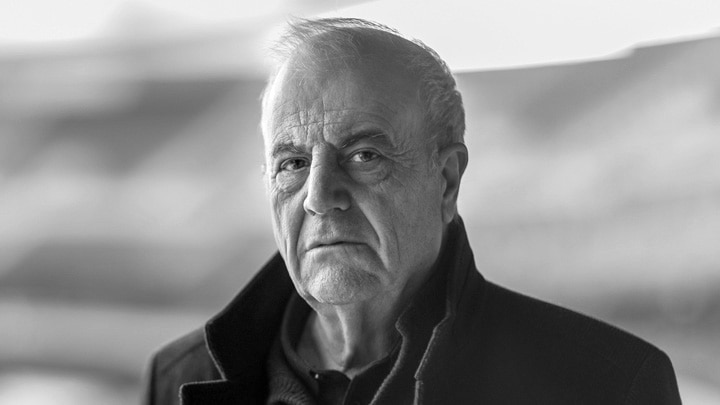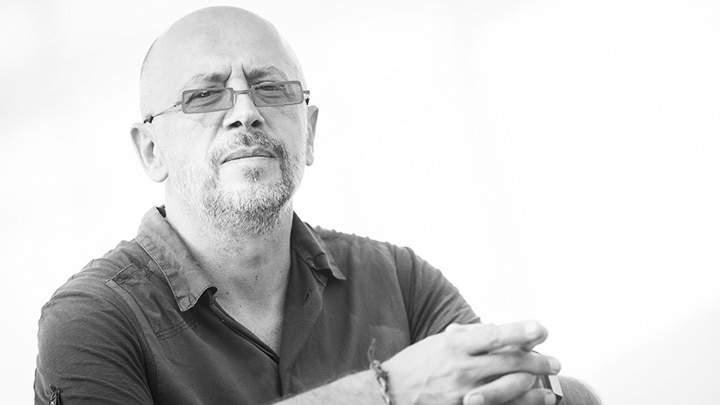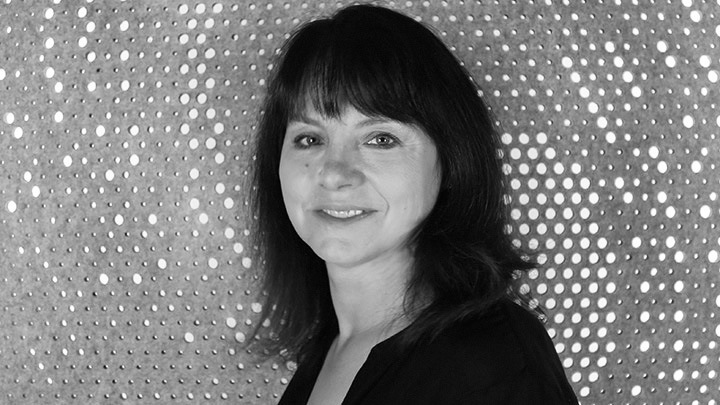Lack of independent Illumination Design Consultants leads to dependency on lighting manufacturer’s design services.”

1. Please describe your career as an architect and history and vision….
Setting up as a self-sustaining consultancy duo with brilliant school and college contemporary Imti Yanger began in 1980, almost straight out of SPA (Delhi).
After graduation we had both decided we would come home to the North East and figure out prospects. At the time, the profession of architecture was largely little known here, and not at all in the interior areas of the region. We faced a simultaneous three-pronged challenge: to establish the profession, to establish our own credentials, train the rudimentary office help we could get and introduce baffled construction workers to the mysteries of drawings and instructions. But the frustrations and effort were well-compensated by the excitement of travel to exotic locations and the satisfaction of pioneering our craft, often leaving uninitiated clients bemused by our dogged youthful “professionalism” – though it must be said that most were receptive and interested.
In the 40-plus years of uninterrupted practice in India’s North East we naturally wound up adopting certain approaches in our work, more a result of practical local considerations than some deep philosophy; the first was to keep the outfit small, tight and manageable (still so); the second, to never refuse an assignment, tiny or large, simple or complicated, without discrimination, experiencing and learning from all; and the third (in that pre-internet, analog age!) to establish a good in-house bank of information using books, periodicals and technical documents.
A key lesson was that, with technology playing a growing role, practical competence and function would often trump style though the latter had its place. With, as more complex assignments began to come in, a realization that the architect is more the principal coordinator and orchestrator of professional services rather than flamboyant solitary leader, and much painstaking effort must be put into establishing a strong association of professionals from a variety of subjects to be able to offer integrated, comprehensive and well-conceived solutions to clients’ requirements.
So, while this practice is staunchly “regional”, inputs come from all corners of the country where key associates are stationed, a collaboration of comfort and trust having worked together for at least 25 years, steadily bringing in innovations of all sorts.
The essence of the practice: stay grounded, be supremely competent, treat all projects with courtesy and attention, stick to local context and generally espouse a simple approach leaving glory and attention to those who crave such things.
Notional target: 50 unbroken (and tumultuous) years of practice, 7 to go!
2. In today’s contacts how do you balance between “Aesthetics” and “Economics” of a design?
To reduce an architect to a purveyor of aesthetics or economics is to vastly underrate the many-hued complexities and almost limitless domain of the profession. One cannot contain the underlying background, philosophy, social aspects, spiritual aspects and sometimes political context of architecture in a paragraph or two, so we will leave it be.
Suffice to say an architect’s services encompass and unite virtually every aspect of an assignment in a comprehensively integrated manner woven around a client’s needs and outlook – a good bit of which can often be positively reoriented (if it needs to be) by some sincere effort from the architect.
3. How do you incorporate light and lighting into your projects?
There is today a serious lack of independent Illumination Design Consultants, a source of much frustration to architects. As a result, often the architect’s only recourse is to turn to lighting manufacturers’ establishments for design services, which can often be a limiting and incomplete experience.
Our dealing with lighting is therefore frequently “hit or miss”, hampered by a limited understanding of the processes and technology involved and the lack of facilities offering actual “live” experience of illumination options. This remains a continuing struggle.
4. Which are the key projects of your career?
ITA Centre for the Performing Arts, Guwahati, Assam; special for several reasons: our first national design competition winner; a challenging assignment located far away (then) from specialized services such a project would require; the first time we would end up working with a highly professional team from almost everywhere in the country; and, most of all, the client (ITA) giving us all the freedom and support we could possibly ask for – in the end, to the satisfaction of one and all.
Today, we would certainly have been disqualified from participating at all in that architectural competition, on “financial turnover” criteria alone probably, to hell with youthful talent and originality!

Second would be, the very first job we most gratefully accepted, a tiny one, to work out a 2-bedroom apartment atop an existing ground floor and adding a stairway. We, naturally, went into it heart and mind, body and soul, applying every bit of about 3 months’ professional experience to the job. I cannot think of a project we enjoyed more!
Third, not a usual architectural project but a documentation initiative (with a 6-year run) sponsored by the North Eastern Council (NEC), Shillong, its findings published as an illustrated volume titled Indigenous Habitat: Vestiges of Ancestral Life in India’s North East. The project has been described as “a compendium of the immensely rich and varied architectural traditions of some of the age-old indigenous communities of India’s North East juxtaposed with the deeply organic relationship they have shared with the natural environment for countless generations”, exploring facets of building traditions, origins, social order, faith, beliefs, dialect, practices, craft, skills and more to create a tribe’s day to day life in its ancestral milieu and habitat. The documentation covers 8 states, 66 locations and 24 tribes in all.

A most fulfilling experience in collaboration with international photographer Shyamal Datta, in a joint gesture of homage and thanks to the wonderful place of both the authors’ birth and upbringing – North East India.

Antonio Cruz
Antonio Cruz has developed various projects in many fields and on different scales with the signature of Cruz and Ortiz Arquitectos.

Dejan Todorović
It requires many years of study and work to reach a point where you can imagine that you control the light.

Jill Cody
If we find the right balance between light, surfaces and materials, we can create beauty in any space.